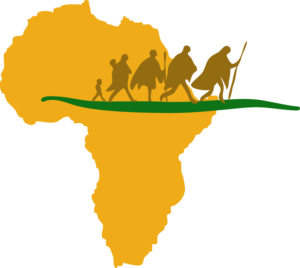
This website was constructed to present research from the Genetic-Linguistic Interface Project. Under “the Prehistory of Language” tab on the navigation menu is my latest report, a monograph that presents a methodology for exploring the prehistory of language with genetic tools. In the marketplace of ideas I compete against those who attempt to solve this problem with statistical models and cultural reconstruction. I suggest that we employ triangulated Y-chromosome-based modeling. My research has identified at least 110 linguistically informative Y-chromosome mutations. The evolutionary history of these mutations suggests that the story of language begins over 100 thousand years ago when Homo sapiens migrated out of Africa. Subsequent migrations as well as cultural and evolutionary adaptations then explain the expansion of language to the four corners of the globe. A discussion of this expansion includes Lake Mungo man in Australia, the mammoth steppes of Eurasia, the humid phase of the Sahara Desert, the bidirectional migration of reindeer herders along the Arctic Circle, raised field agriculture along the rivers of the Amazon rain forest, the arrival of rice agriculture in South Asia, malaria in the tropics, and hypoxia on the Tibetan Plateau.